Walking through Rome’s Aqueduct Park along the ancient Appian Way feels like stepping into a living museum. Here, engineering and nature create the perfect backdrop for a memorable afternoon. I discovered this 15-hectare rustic area just outside the busy city center, where towering arches stretch across the landscape in a powerful display of Roman innovation.
These massive stone structures once delivered water throughout the ancient city and represent one of humanity’s greatest engineering achievements. A system so well-designed that it continues to influence modern civil projects today.
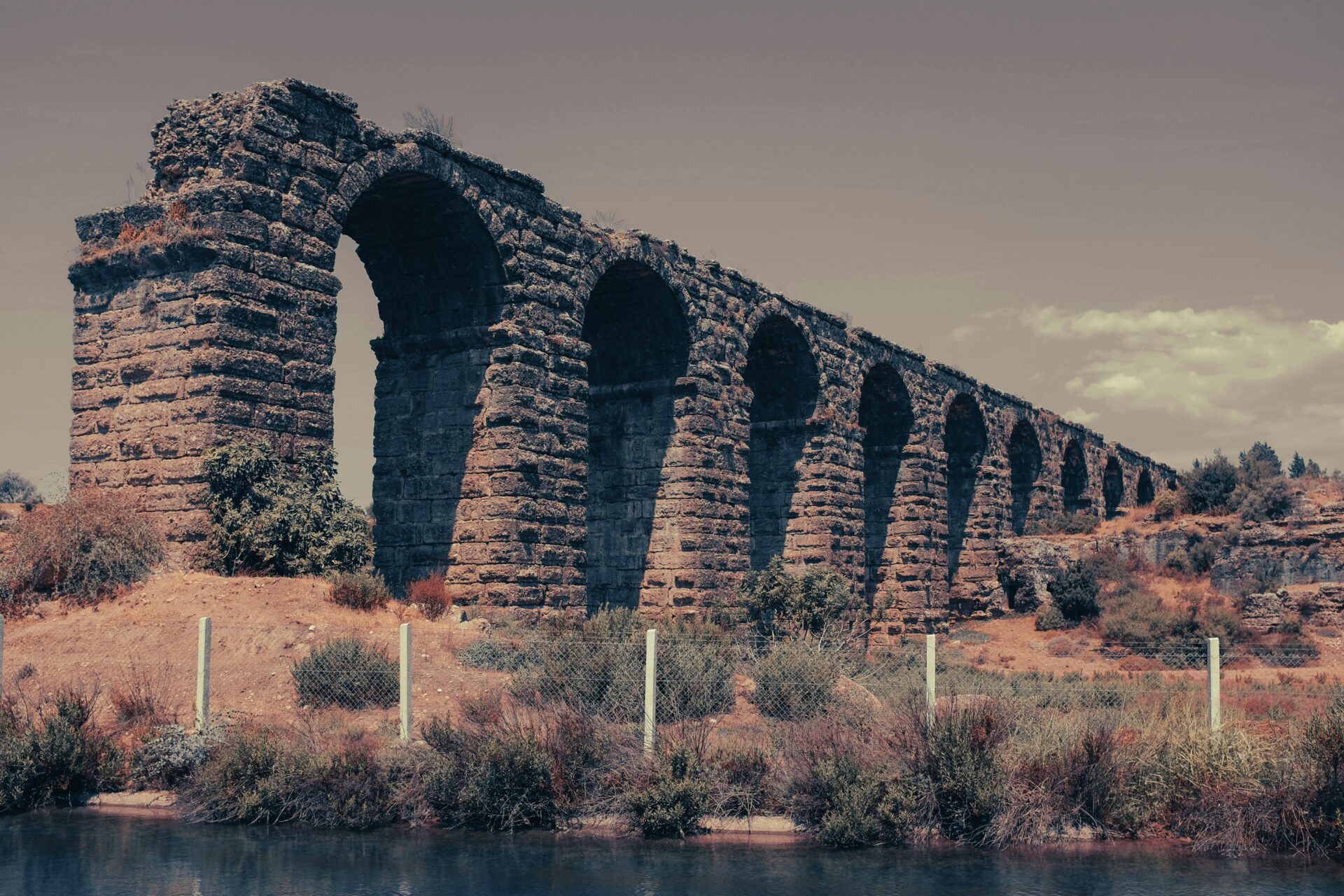
I spread my picnic blanket beneath the imposing arches, marveling at how these 2,000-year-old monuments still stand while modern buildings often need replacement after just decades. The Romans built these aqueducts without modern technology, yet created waterways that transported millions of gallons daily across miles of challenging terrain. It’s amazing to think these same stones witnessed the rise and fall of an empire while continuing to inspire engineers and travelers alike.
The contrast between ancient engineering and the modern city creates a unique travel experience you won’t find elsewhere. Families play soccer nearby, locals walk their dogs, and travelers snap photos—all under structures that once powered the world’s greatest empire.
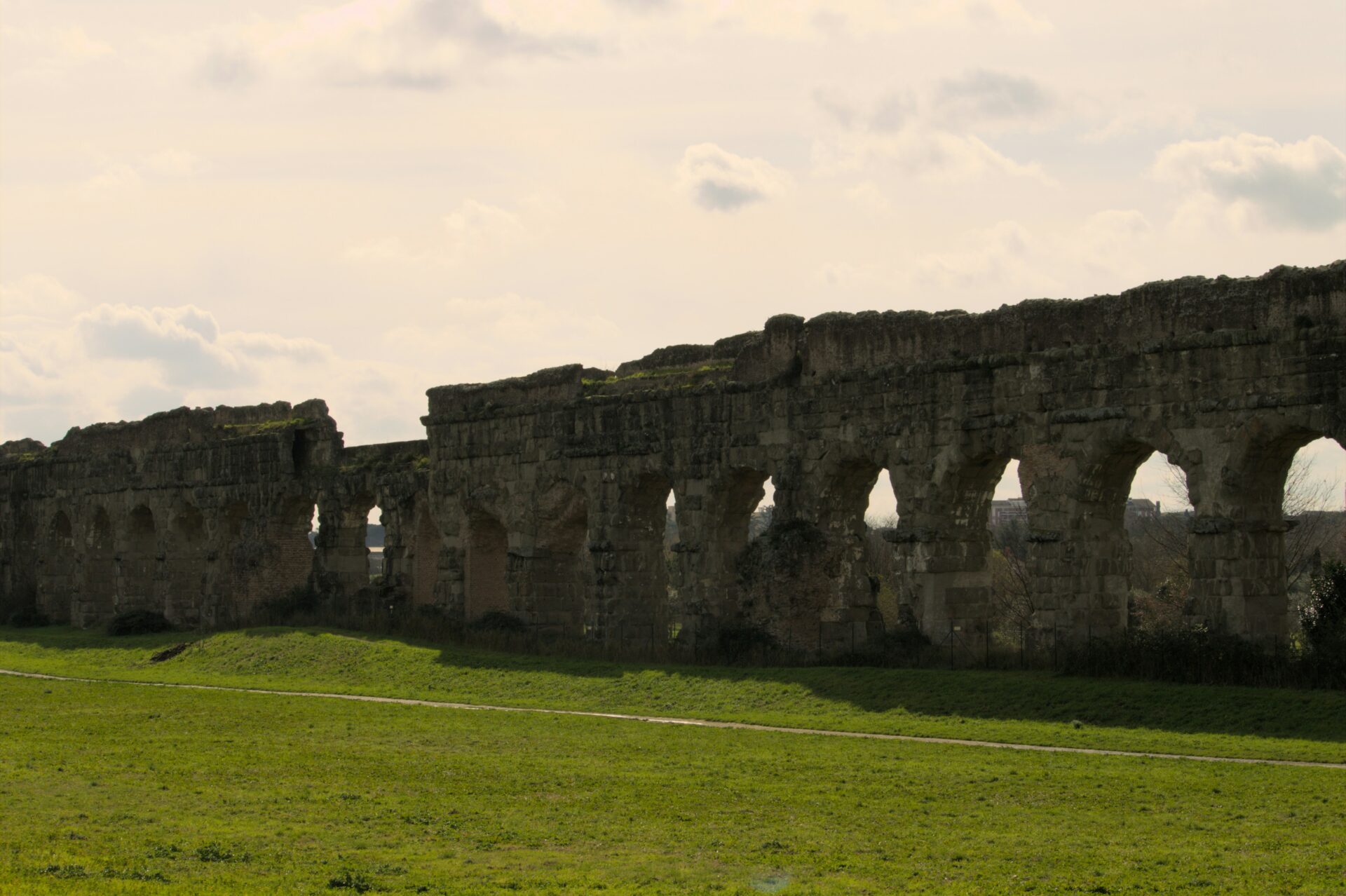
I recommend visiting late afternoon when the setting sun turns the travertine stones golden. This creates perfect lighting for both photography and quiet reflection on Rome’s remarkable legacy.
Embarking on a Historical Journey through Rome
Walking through Rome feels like stepping into a living museum where ancient engineering marvels stand proudly alongside modern buildings. The city’s architecture tells stories spanning thousands of years, with each stone pathway and arch revealing secrets of Roman innovation.
Following the Footsteps of Julius Caesar
I love starting my Roman exploration at the Roman Forum, where Julius Caesar once walked and addressed the people. This sprawling archaeological complex was the beating heart of Ancient Rome and the center of the Roman Empire’s political life.
As I wander through the ruins, I can almost hear the echoes of senators debating in the Curia. Caesar’s final moments came nearby at the Theatre of Pompey, though today only fragments remain.
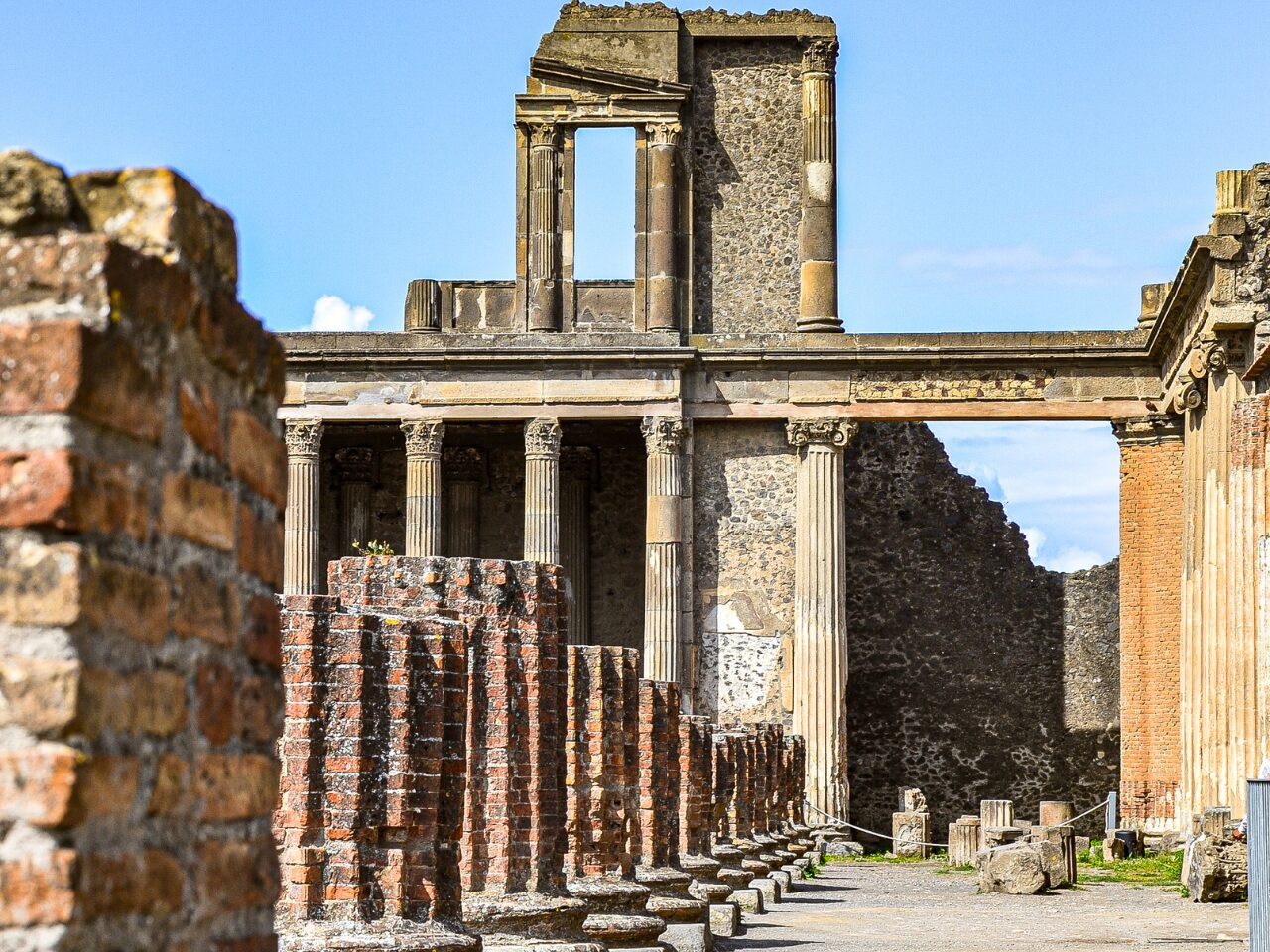
The Via Sacra (Sacred Road) offers an authentic experience of walking the same paths as Caesar and other Roman figures. This ancient street was the main thoroughfare through the Forum.
What amazes me most is how these structures have withstood the test of time. The Romans’ engineering excellence balanced beauty with function.
The Eternal City’s Timeless Influence
Rome’s architectural innovations continue to inspire modern design worldwide. The Romans pioneered techniques like the use of concrete and the arch, which revolutionized construction forever.
I’m always struck by how the Pantheon’s perfect dome still stands as the world’s largest unreinforced concrete dome, nearly 2,000 years after construction. Modern architects still study its perfect proportions.

The Appian Way, once called the “queen of roads,” showcases Roman engineering at its finest. Recent restoration efforts aim to preserve this ancient “superhighway” as a historical pilgrimage route, according to recent reports.
Roman aqueducts, bridges, and public buildings demonstrate practical solutions to urban challenges we still face today. Their sewage systems, central heating, and public baths were remarkably advanced for their time.
Roman Engineering Marvels
Ancient Rome’s engineering legacy is one of humanity’s greatest achievements. The Romans transformed construction techniques through innovative designs that still influence our modern world.
Aqueducts and the Mastery of Water Supply
I’m always amazed by how Roman aqueducts solved the empire’s water challenges with such elegance. The Aqua Appia, Rome’s first aqueduct built in 312 BCE, marked the beginning of an engineering revolution that would transform urban life.
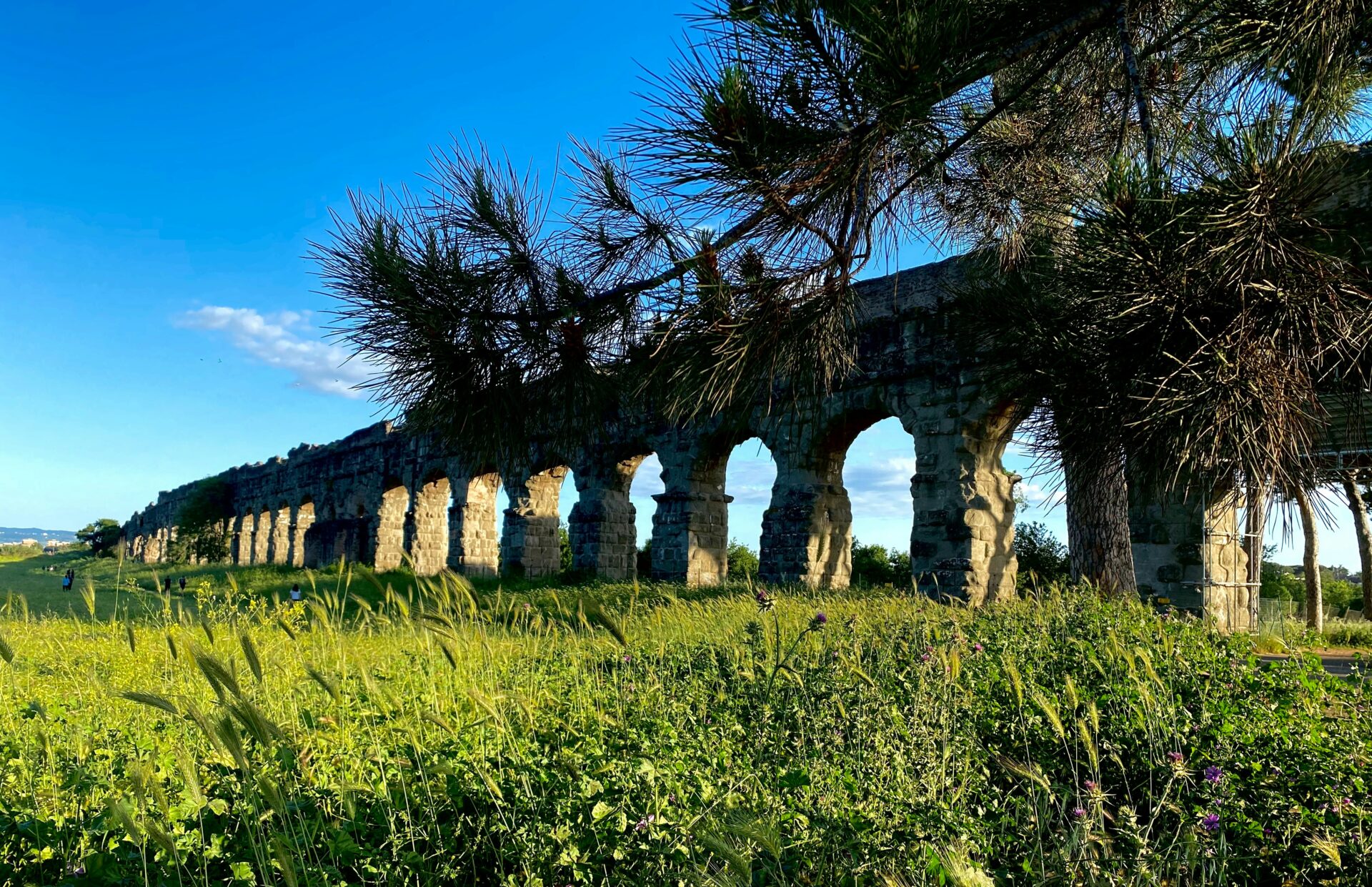
Walking beneath these towering structures, I can’t help but marvel at how they maintained precise gradients. They dropped just 17 centimeters per kilometer to keep water flowing perfectly. Most impressive is that these systems worked almost entirely by gravity!
The Romans created nearly a dozen major aqueducts for Rome alone, delivering over 1 million cubic meters of fresh water daily. This incredible water supply supported public baths, fountains, and private homes throughout the city.
The engineering principles behind these water systems were so sound that some Roman aqueducts continued functioning into modern times.
Ingenious Roman Roads and Connectivity
I’ve trekked along sections of ancient Roman roads that still exist today, and their durability is mind-blowing. The famous saying “all roads lead to Rome” stems from the 80,000+ kilometers of paved highways that connected the vast empire.
Roman engineers built these roads with multiple layers: a foundation of rubble, followed by gravel, then sand, and finally large paving stones. This clever design allowed for drainage and prevented frost damage.
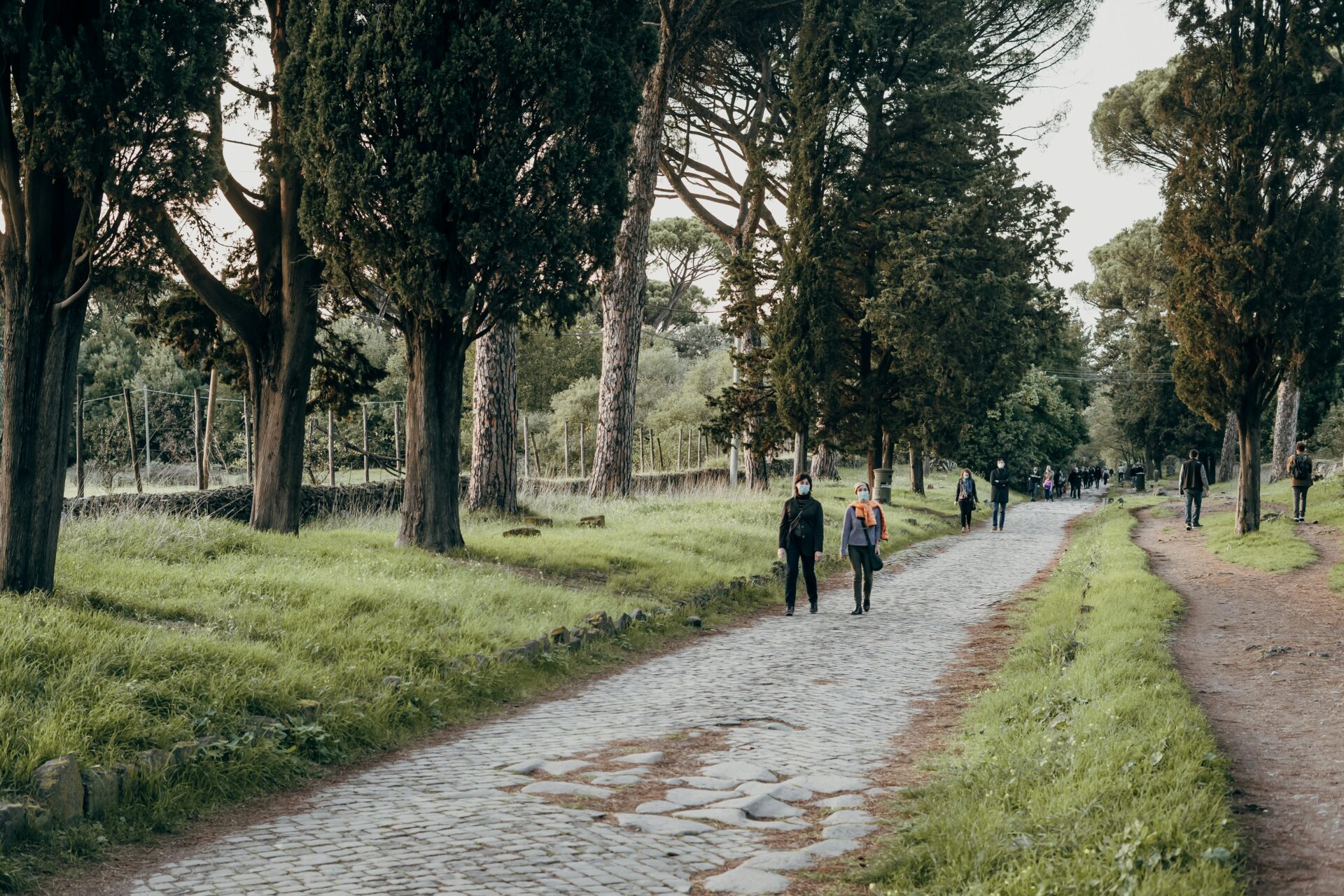
The roads featured brilliant touches like slightly raised centers that let rainwater run off to drainage ditches on either side. Mile markers helped travelers track distances, while way stations offered places to rest.
These impressive thoroughfares enabled rapid military movement, flourishing trade networks, and cultural exchange across three continents. Many modern highways in Europe actually follow the exact paths established by Roman engineers 2,000 years ago!
Architectural Grandeur of Ancient Rome
The Romans revolutionized construction techniques that continue to influence modern architecture today. Their innovative use of arches, domes, and concrete created buildings of unprecedented scale and beauty that have withstood centuries.
Monuments that Stood the Test of Time
Walking through Rome, I’m always struck by how the ancient monuments tower over modern life. The Colosseum stands as perhaps the most iconic symbol of Roman engineering brilliance. Built around 70-80 AD, it could hold up to 50,000 spectators and featured a complex system of underground chambers.
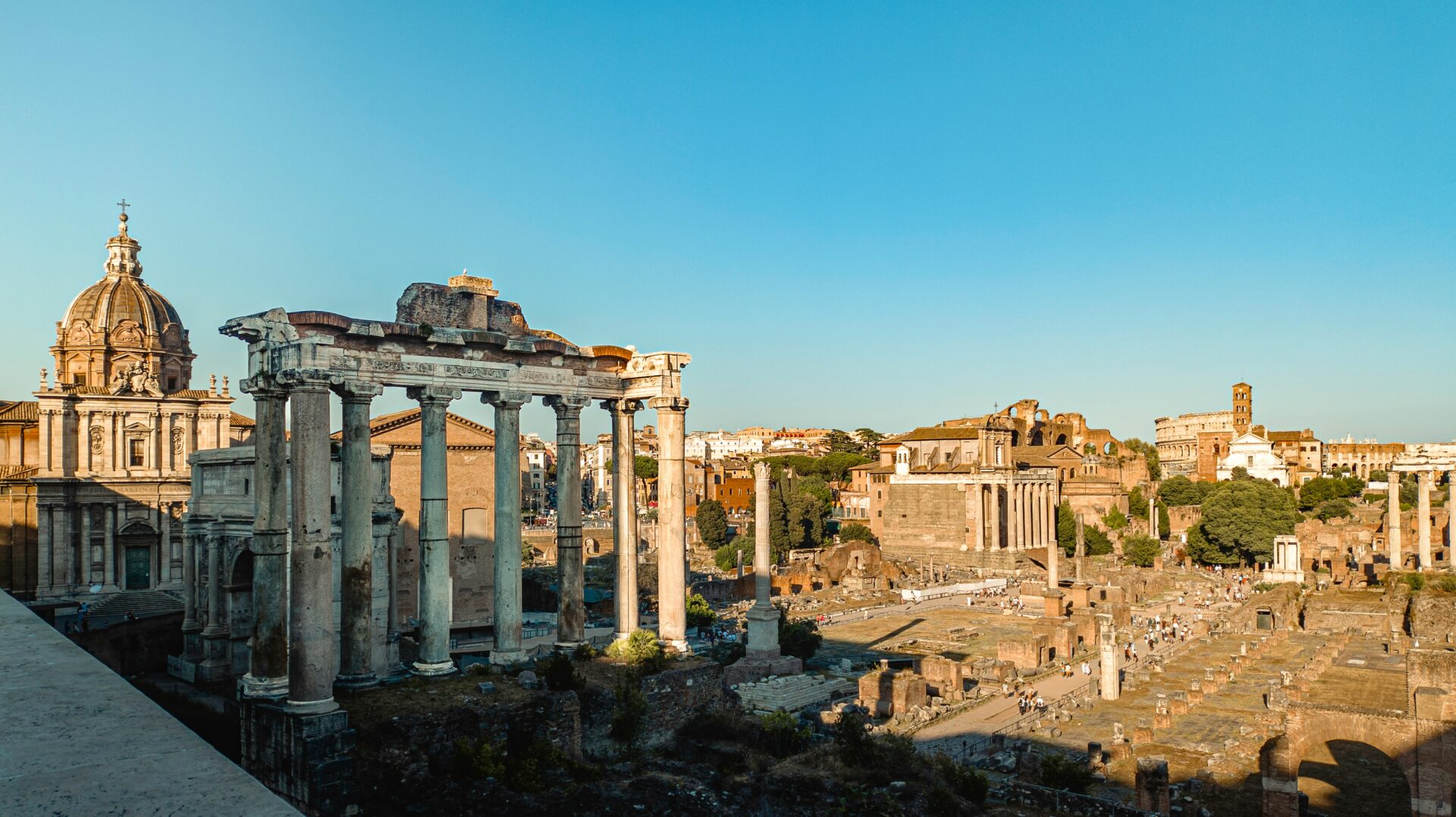
The Roman Forum, once the beating heart of ancient Rome, contains ruins that tell the story of daily Roman life. I love wandering among these weathered columns early in the morning when the light casts long shadows across the ancient stones.
Roman architects pioneered the use of arches and concrete, allowing them to build on a scale never seen before. These weren’t just beautiful structures – they were designed to last. Many still stand after 2,000 years, a testament to Roman engineering excellence.
Temples and Baths: Centers of Social Life
The Pantheon remains my favorite Roman building, with its perfect dome and oculus allowing a single beam of light to sweep across the interior. Built during Emperor Hadrian’s reign around 126 AD, its dome was the largest in the world for over 1,300 years.
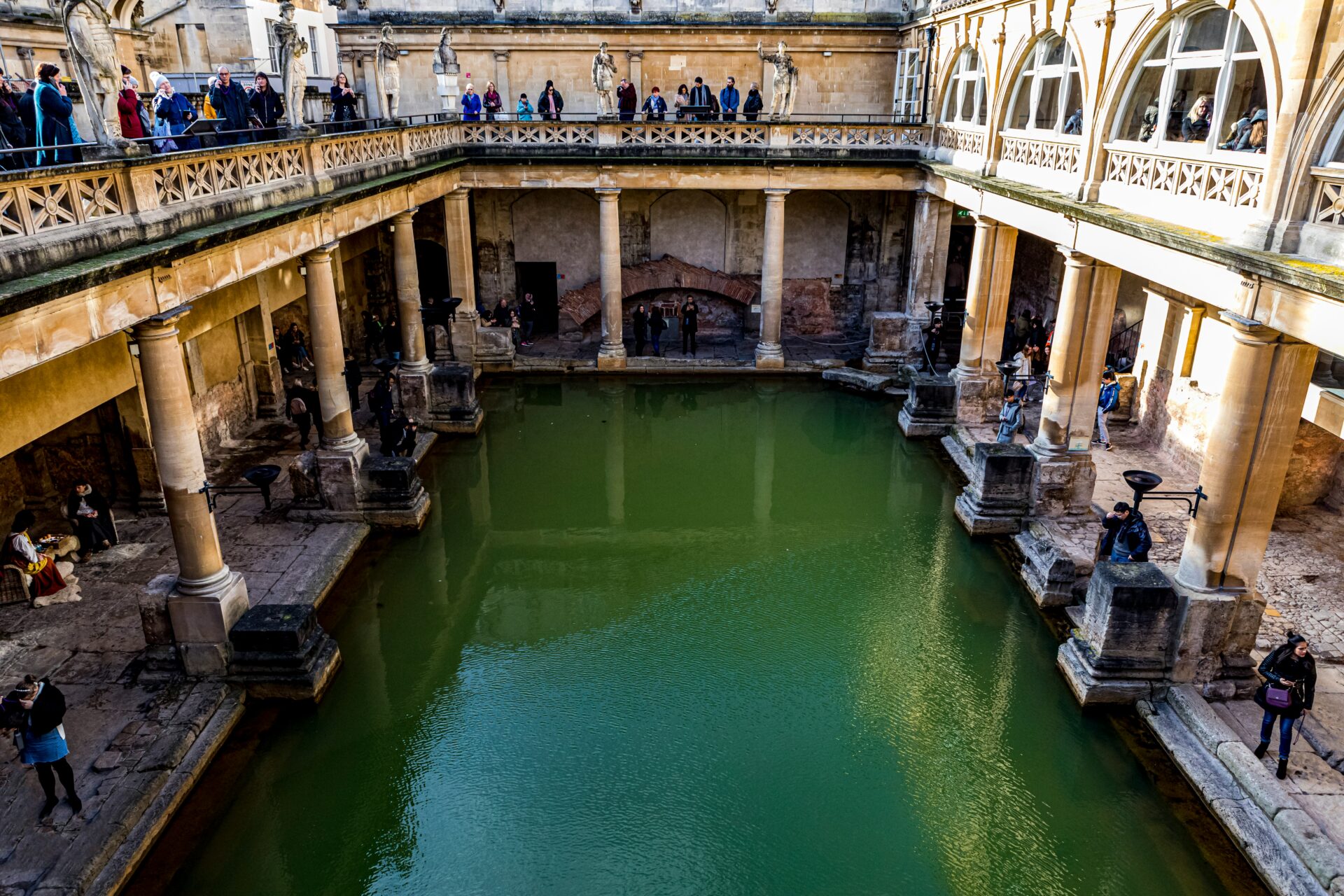
Roman baths weren’t just places to get clean – they were social centers where citizens gathered to discuss politics, business, and daily life. The massive Bath of Caracalla could accommodate 1,600 bathers at once and included libraries, shops, and exercise rooms.
Today, I can see echoes of these ancient social spaces in modern Rome. Piazza Navona, built on the site of an ancient stadium, continues the Roman tradition of public gathering spaces where people meet, eat, and celebrate together.
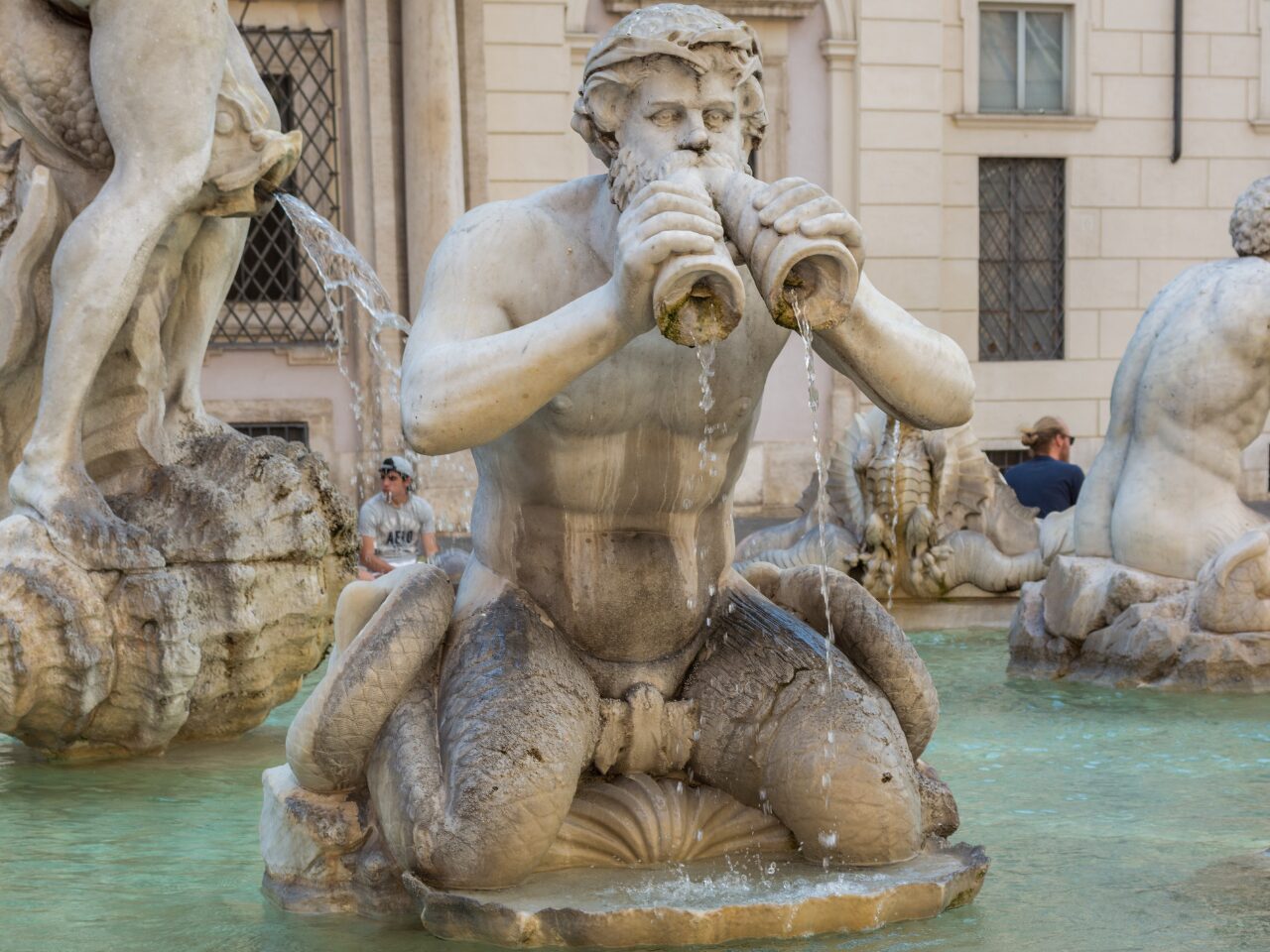
Artistic Legacy in the Heart of Rome
Rome’s artistic heritage flows through its streets like a living museum, where ancient influences blend seamlessly with Renaissance brilliance. The city breathes art through every cobblestone and archway.
Bernini’s Masterpieces in Piazzas and Villas
Walking through Rome’s magnificent piazzas, I constantly find myself admiring Gian Lorenzo Bernini’s genius. His Fountain of the Four Rivers in Piazza Navona stops me in my tracks every time with its dramatic figures representing major rivers of the world.
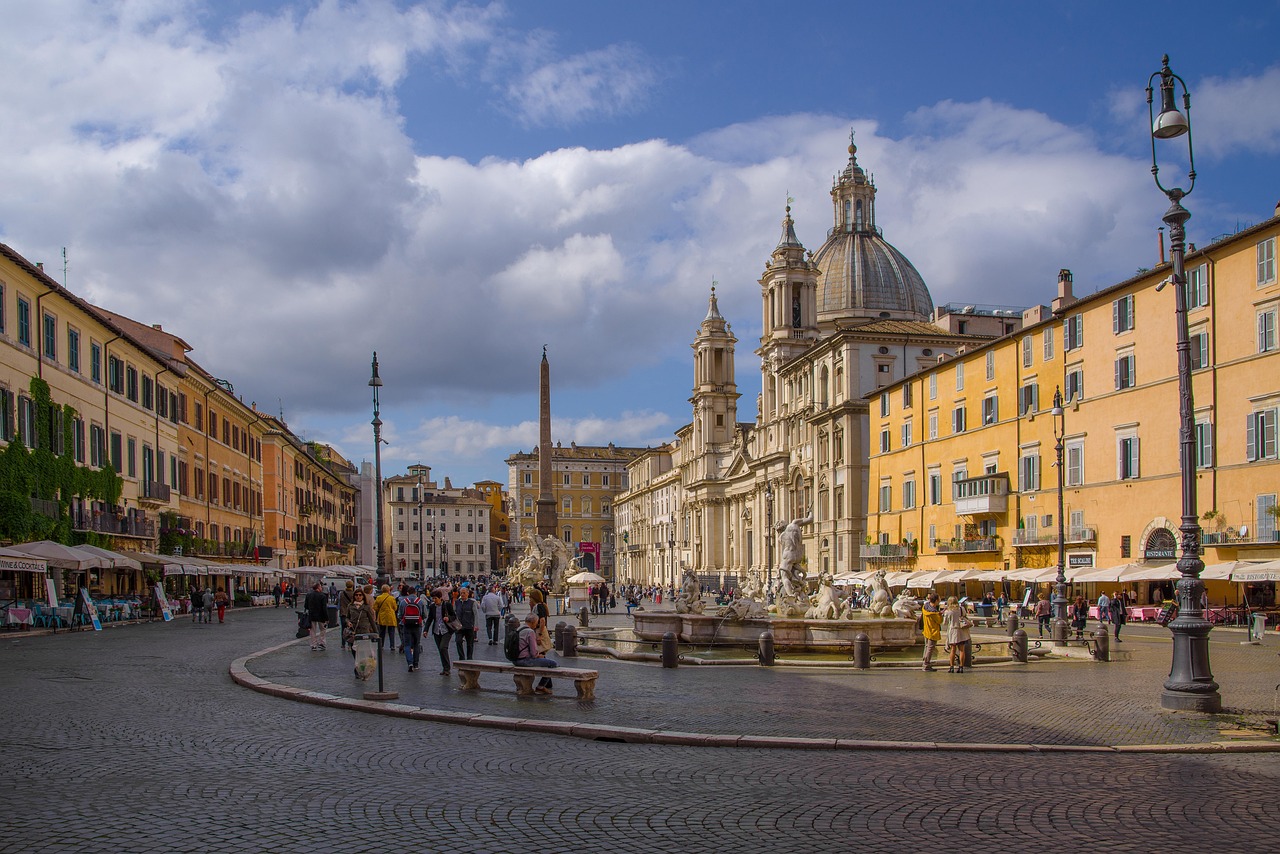
In Villa Borghese, I discovered Bernini’s most captivating sculptures. His “Apollo and Daphne” captures the exact moment when Daphne transforms into a laurel tree—the marble somehow conveying movement and emotion.
Bernini’s work at Piazza del Popolo shows his mastery of urban design. The twin churches create perfect symmetry, while his fountains add life to the expansive square. His ability to blend architecture with sculpture created spaces that still function beautifully for modern Romans and visitors alike.
Encounter with Ancient Sculptures and Paintings
The Vatican Museums house treasures that leave me speechless on every visit. The ancient Roman sculptures, perfectly preserved, show impressive technical skill and attention to anatomical detail.
At Palazzo Barberini, I found myself lost in paintings that connect ancient Roman themes with Renaissance techniques. Artists like Caravaggio used dramatic lighting to breathe new life into classical stories.
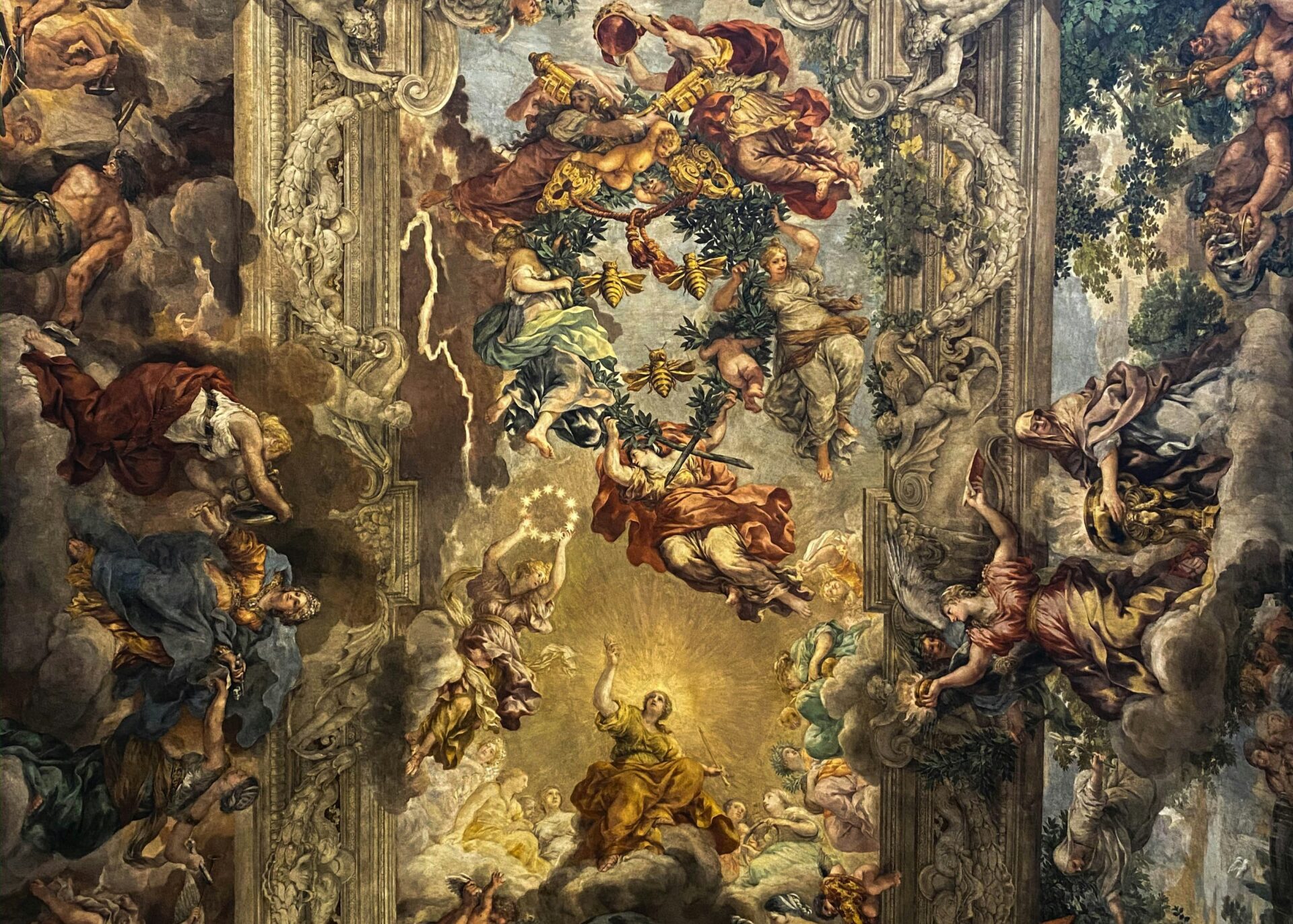
The Capitoline Museums display sculptures that inspired generations of later artists. Standing before the bronze statue of Marcus Aurelius, I could see how Roman artistic traditions established standards of portraiture that influenced art for centuries.
Roman frescoes throughout the city reveal sophisticated painting techniques. The vivid colors and perspective in these ancient works surprise many visitors who assume such artistic complexity is solely modern.
Living the Luxury of Roman Extravagance
Roman extravagance wasn’t just about impressive architecture—it was about creating spaces for pleasure and relaxation that transformed daily life. The Romans pioneered luxury living through elaborate bathing complexes and leisure activities that we still try to replicate today.
The Indulgence in Ancient Roman Baths
Walking through Rome, I’m constantly reminded that bathing wasn’t just about cleanliness—it was a sophisticated social ritual. Romans transformed bathing into an art form with massive complexes like the Baths of Caracalla that could accommodate thousands of people simultaneously.
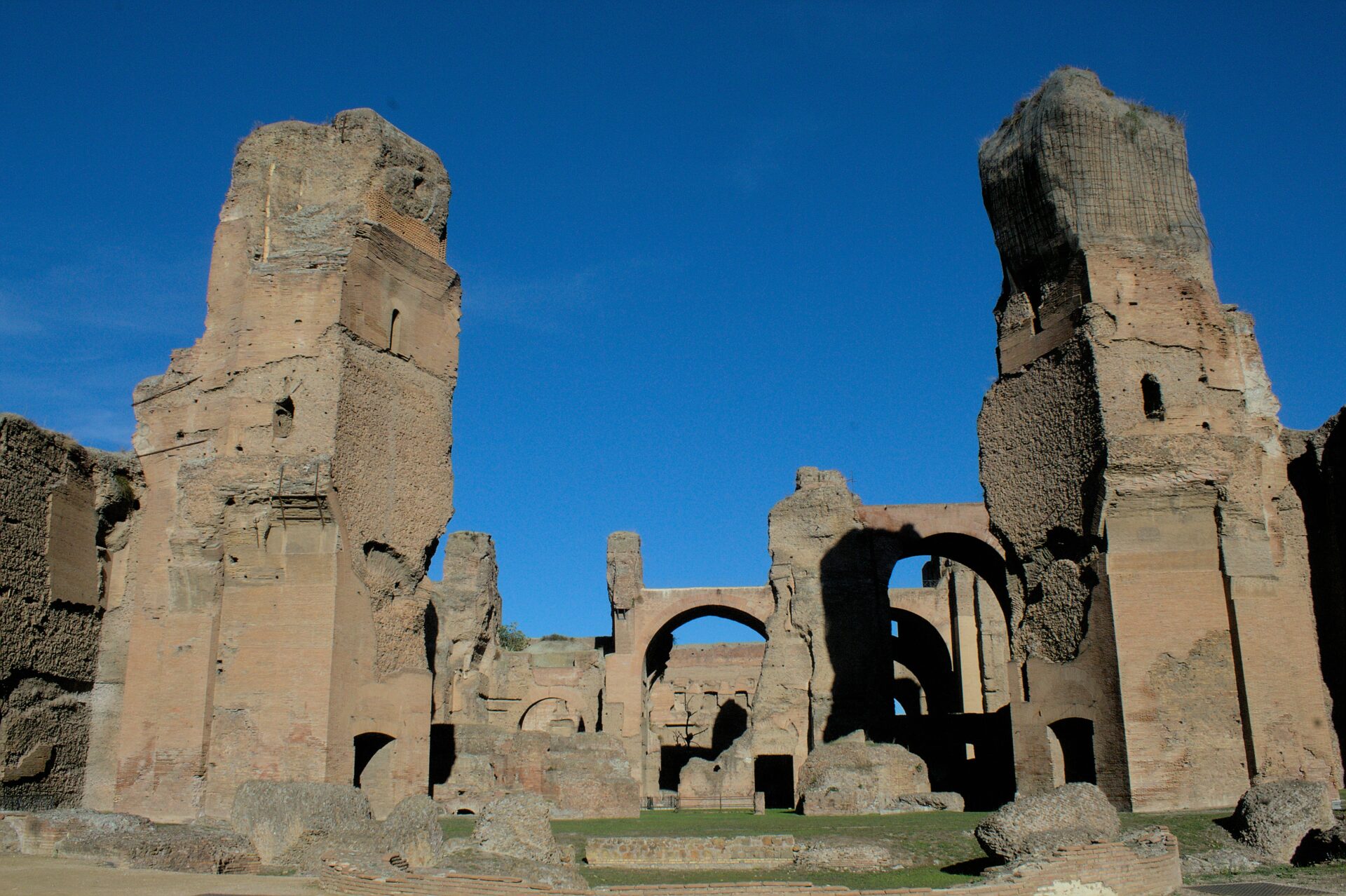
These weren’t simple bathhouses. They were opulent social hubs with hot rooms (caldarium), warm rooms (tepidarium), and cold plunges (frigidarium). The floors were heated through an ingenious system called hypocaust—warm air circulated beneath raised floors.
What strikes me most is how democratic these spaces were. Rich and poor alike enjoyed these luxuries, though with different levels of service. The baths featured:
- Exercise areas
- Libraries and reading rooms
- Gardens and promenades
- Food vendors and social spaces
The Modern Pursuit of Roman Leisure
Today, I see echoes of Roman leisure everywhere in modern Rome. The Trevi Fountain, while built centuries after ancient Rome, captures that same spirit of water-centered extravagance that Romans adored.
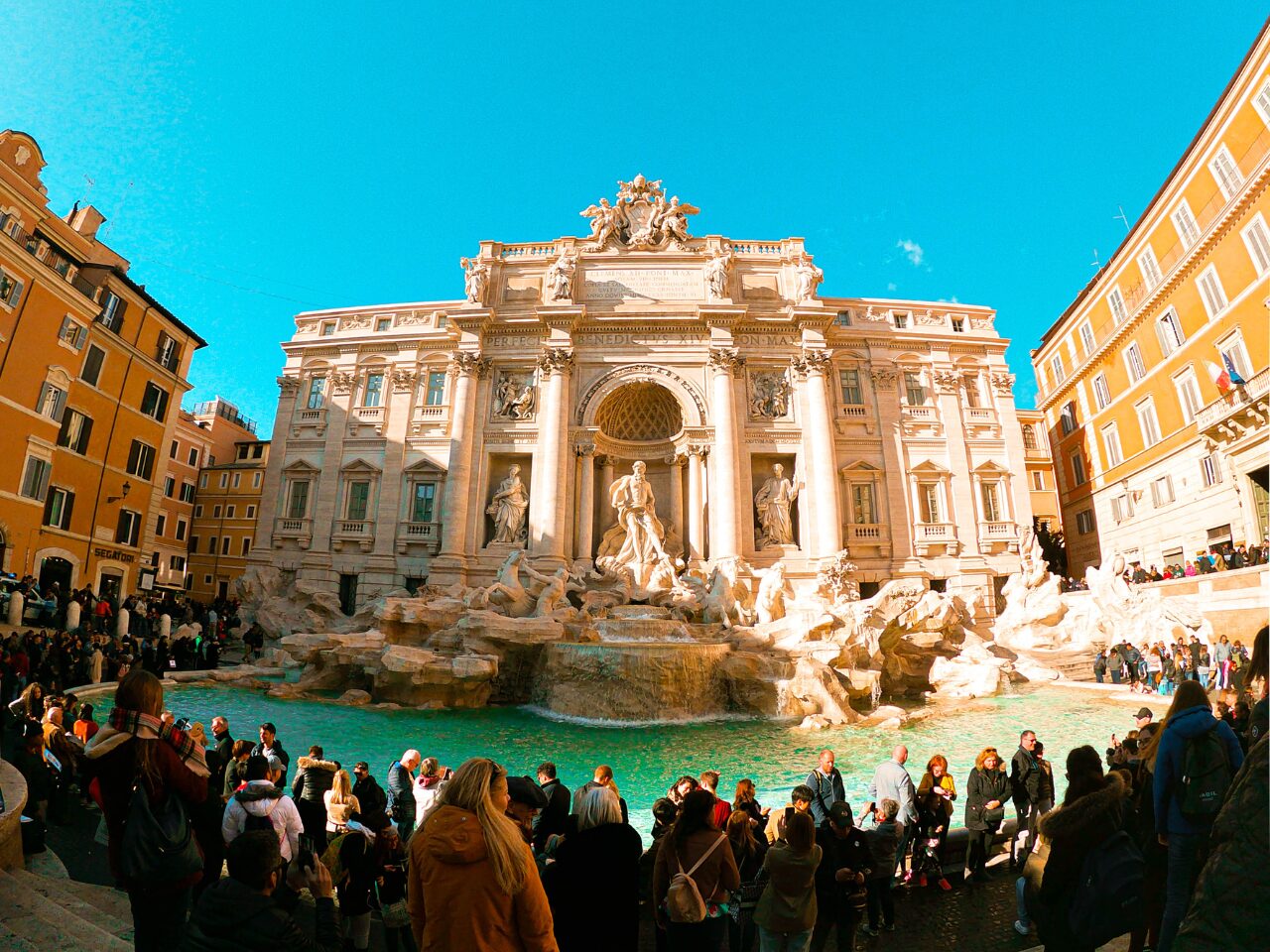
Modern Romans and tourists alike gather at piazzas and fountains just as their ancestors did, creating social spaces centered around beauty and relaxation. Even Rome’s café culture reminds me of the ancient Roman emphasis on taking time to enjoy life’s pleasures.
I’ve discovered that some modern spas in Rome draw direct inspiration from ancient bathing traditions. Many feature Roman-style thermal circuits with varying temperature pools and steam rooms.
Looking for authentic Roman luxury? Try visiting the Baths of Diocletian, now partially preserved as the National Roman Museum, or splurge on a day at one of Rome’s thermal spas outside the city center.
Beyond Rome: The Expansion of Ancient Expertise
Roman engineering brilliance didn’t stay confined to the capital city. Throughout their vast empire, the Romans exported their architectural knowledge, creating marvels that still stand as testaments to their ingenuity.
Provincial Roman Wonders: From Spain to Provence
Walking through southern Spain today, I’m still amazed by how Roman influence shaped this landscape. The theater at Mérida remains one of the best-preserved Roman structures I’ve seen outside Italy, still hosting performances nearly 2,000 years after its construction.
In Segovia, the massive aqueduct stretches across the city skyline, built without mortar yet standing strong through centuries. The precision of its arches shows the same engineering principles used in Rome itself.

The crown jewel of provincial Roman engineering has to be the Pont du Gard in Provence. This three-tiered aqueduct bridge stands 160 feet tall and once carried water for 31 miles to Nîmes.
Notable Roman Provincial Sites:
- Pont du Gard (Provence, France)
- Aqueduct of Segovia (Spain)
- Theater at Mérida (Spain)
- Arena of Nîmes (France)
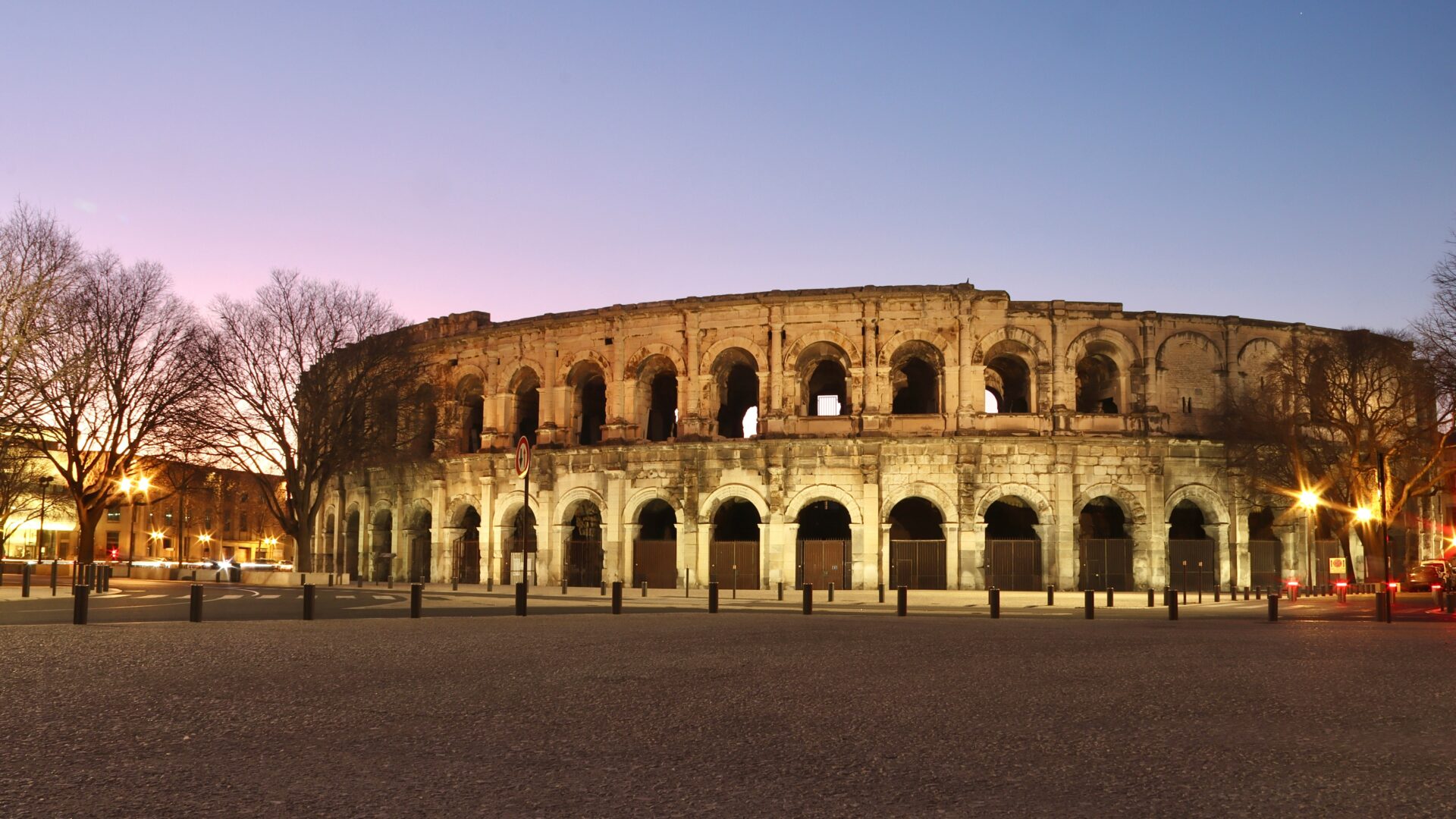
The Echoes of Roman Brilliance in Modern Engineering
Today’s civil engineers still study Roman techniques. The durability of Roman concrete especially fascinates modern builders. Some harbor structures have strengthened underwater for 2,000 years, a quality we still struggle to replicate.
When I spoke with archaeologists working at Provincia sites in southern France, they highlighted how Emperor Constantine’s building projects influenced civic design for centuries afterward. The principles of arch construction, load distribution, and urban planning continue in modern practice.
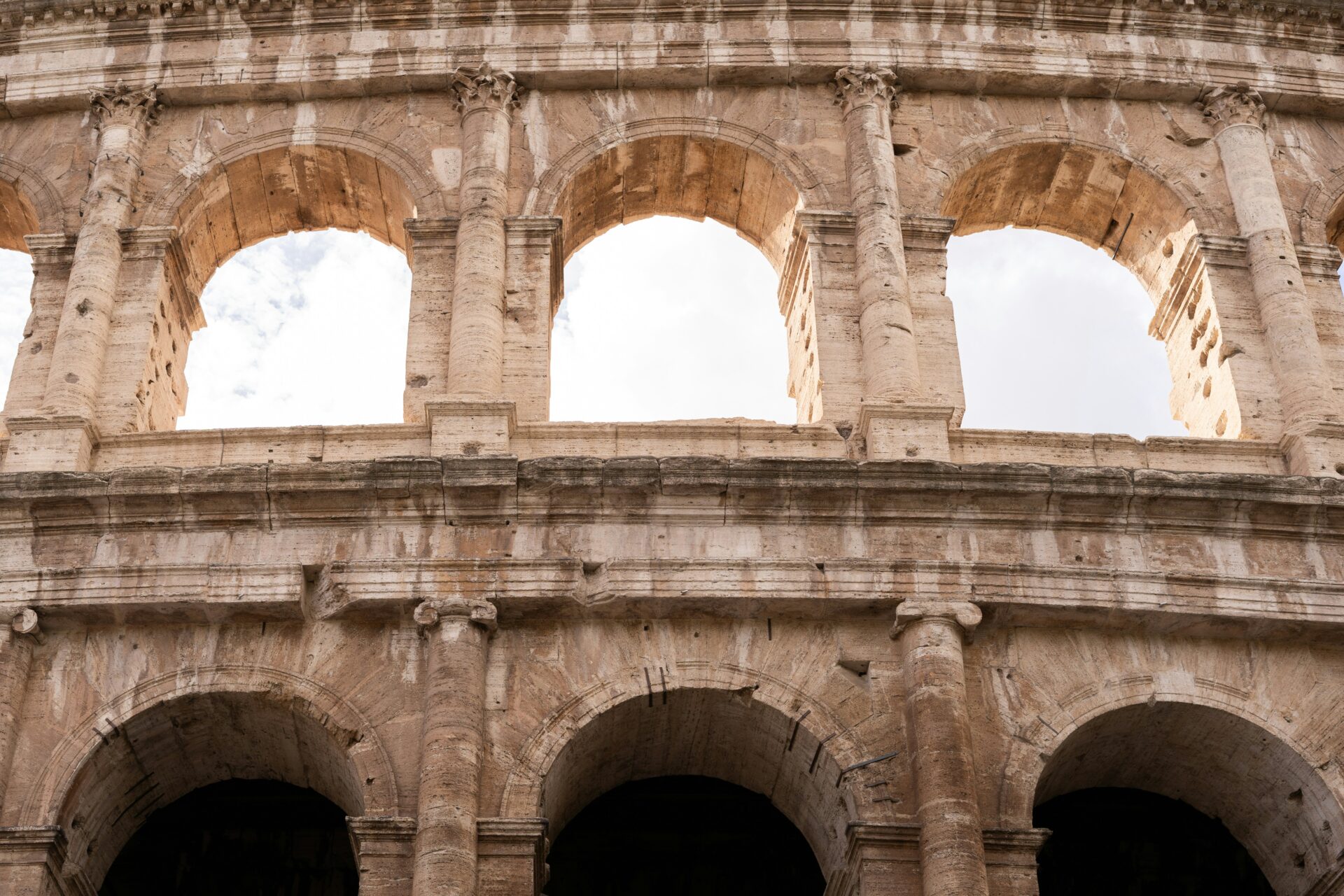
Roman amphitheaters pioneered crowd management techniques we use in stadiums today. Their water systems, with careful gradient calculations and filtration methods, established fundamentals of modern hydraulic engineering.
What impresses me most is how these ancient engineers solved complex problems with simple tools and observation. They created structures that outlasted empires.

